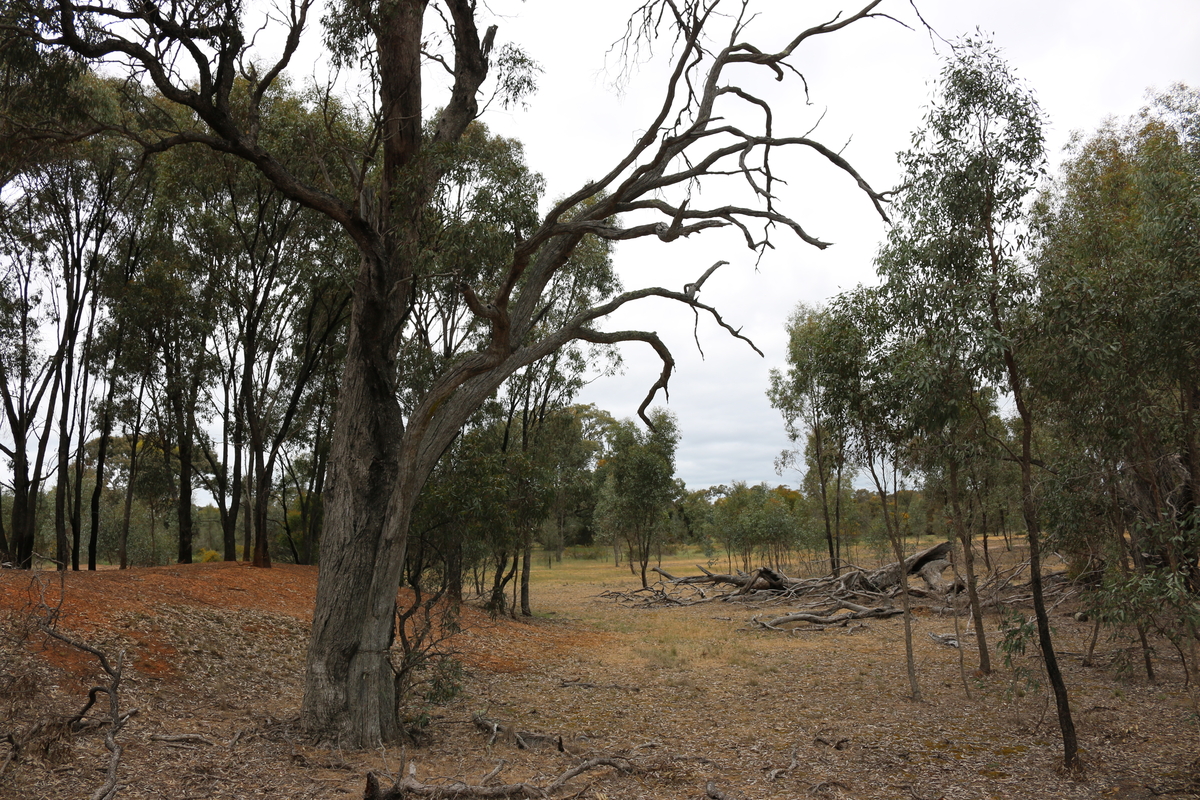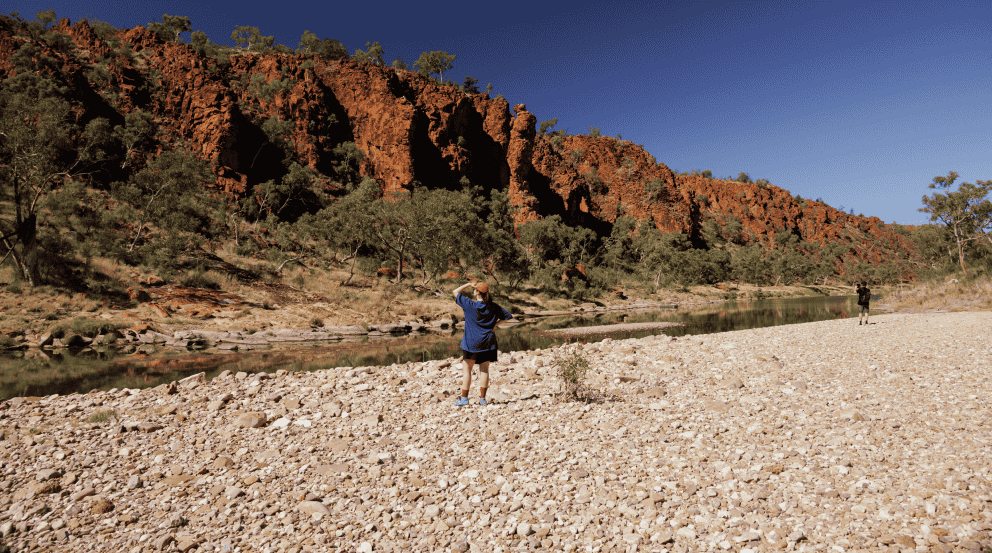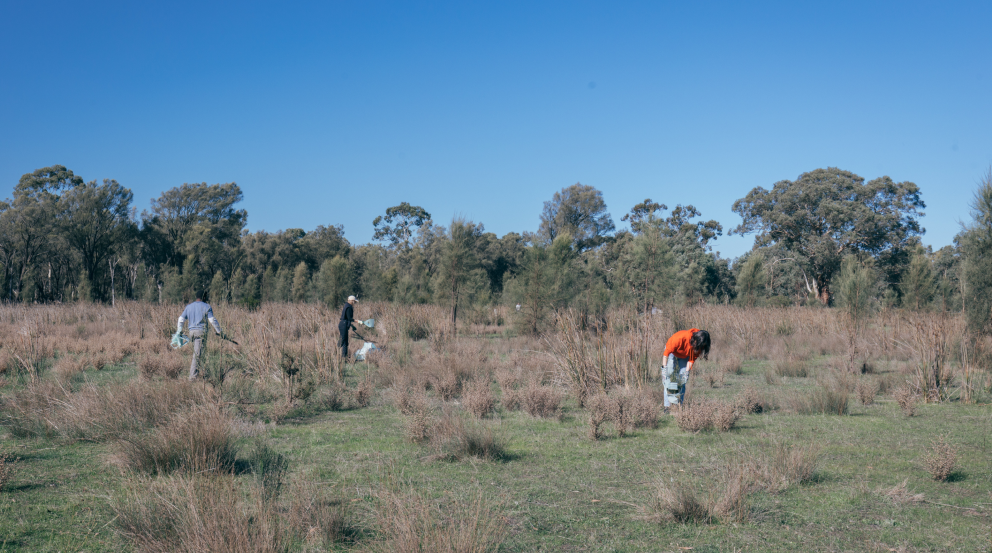Renters looking for an eco-home are enjoying sustainable home features thanks to a beautiful apartment building retrofit project in Melbourne.
In the heart of Brunswick, sustainable living with a community focus takes centre stage with Milieu’s recent retrofit project, Park Street by Milieu.
Founded in 2010, Milieu is a property development company that views development as a creative act. By weaving together the physical and intangible fabric that bring our cities to life, Milieu offer sustainability as standard and advocate for community-focussed living.
“Creative development is core to Milieu’s philosophy, and we saw huge potential in this older building that afforded opportunities for light and dimensions that wouldn’t be replicable today,” said Managing Director of Milieu, Michael McCormack.
Milieu also seeks to foster connections within communities, explore innovation, and cultivate a culture of everyday design. Bank Australia is proud to partner with Milieu through impact lending.
“Bank Australia is proud to lend to fellow B Corp Milieu for this green home project. What they’re doing is really connected with our mission as a bank to use money as a force for good,” said Tim Von Ess, Senior Manager Impact Finance at Bank Australia.
.webp)
Eco-friendly design principles: a closer look
Through a light touch renovation, Milieu has transformed a 1970s apartment building otherwise at the end of its practical life into 17 apartments that meet the needs of today’s renters. Park Street also saw the removal of all gas and the buildings were electrified with modern sustainability in mind. These principles include:
- Energy efficient heating and cooling systems
- Ceiling fans
- Induction cooktops
- Efficient appliances and lighting
Tenants have also been offered 100% GreenPower at a competitive rate from Momentum Energy allowing the building to be carbon neutral in operation.
Embracing the building’s original charm creates a warm and inviting atmosphere with natural cork flooring, tiles, splashbacks and walnut-stained timber joinery. Another unique touch is the vibrant colour palette, with orange entry doors and joinery in one block and lime green in another, which add a playful and distinctive flair, referencing the history of Park Street.
Extensive landscaping has also transformed the surroundings of the apartments at Park Street. Concrete between buildings has been removed to give rise to internal pathways, repurposed brick seats and native plants.
“Park Street signals the beginning on an innovating housing model for Milieu and we’re thankful for the support from Bank Australia, whose values are a continuation of our own. Together we’ve made Park Street a reality, the first in a series of impactful projects to come,” said Michael.
Fostering communities through shared amenities
The option of long-term leases ensure the apartments become secure, long-term homes. One apartment has also been leased at below market rent.
A sense of community is also fostered by shared amenities, including:
- Electric barbecue
- entertaining spaces
- laundry facilities
- clotheslines
- vegetable gardens
- bike storage
- open-air walkways
- native garden
- Brick bench seats made from up-cycled bricks at the entrance of each ground floor apartment
.webp)
Retrofitting for sustainability
By making use of the existing dual aspect walk-up apartments, Milieu has diverted tonnes of construction waste from landfill. Carbon emissions associated with the entire lifecycle of building materials are an important part of sustainable design. This includes extraction, manufacturing, transport, construction and disposal of building materials.
The construction industry is one of the largest contributors to waste in Australia, generating around 87 tonnes of waste per $1 million spent, and Park Street sparks a conversation about what sustainability within the industry can look like. Up to 10% of greenhouse gas emissions are attributed to embodied carbon in Australia, and globally 28% of emissions come from the building and construction sector.
Tips for being more sustainable in an existing home
Embarking on the journey to make home more eco-friendly is a step towards sustainable living. Take a look at our blog post, simple ways to make your home more energy efficient, where we unravel practical tips to integrate sustainability into your daily life. From energy-efficient lighting fixtures that reduce electricity consumption to optimising heating and cooling systems, these actions can lower the carbon footprint and improve the comfort of a home.
For those ready to take a bold step towards a home with clean energy, our guide on how to switch from gas to electric at home provides insights into embracing cleaner energy alternatives. By incorporating these sustainable home features you not only reduce your ecological footprint but also create a healthier and more efficient living environment.
.webp)







